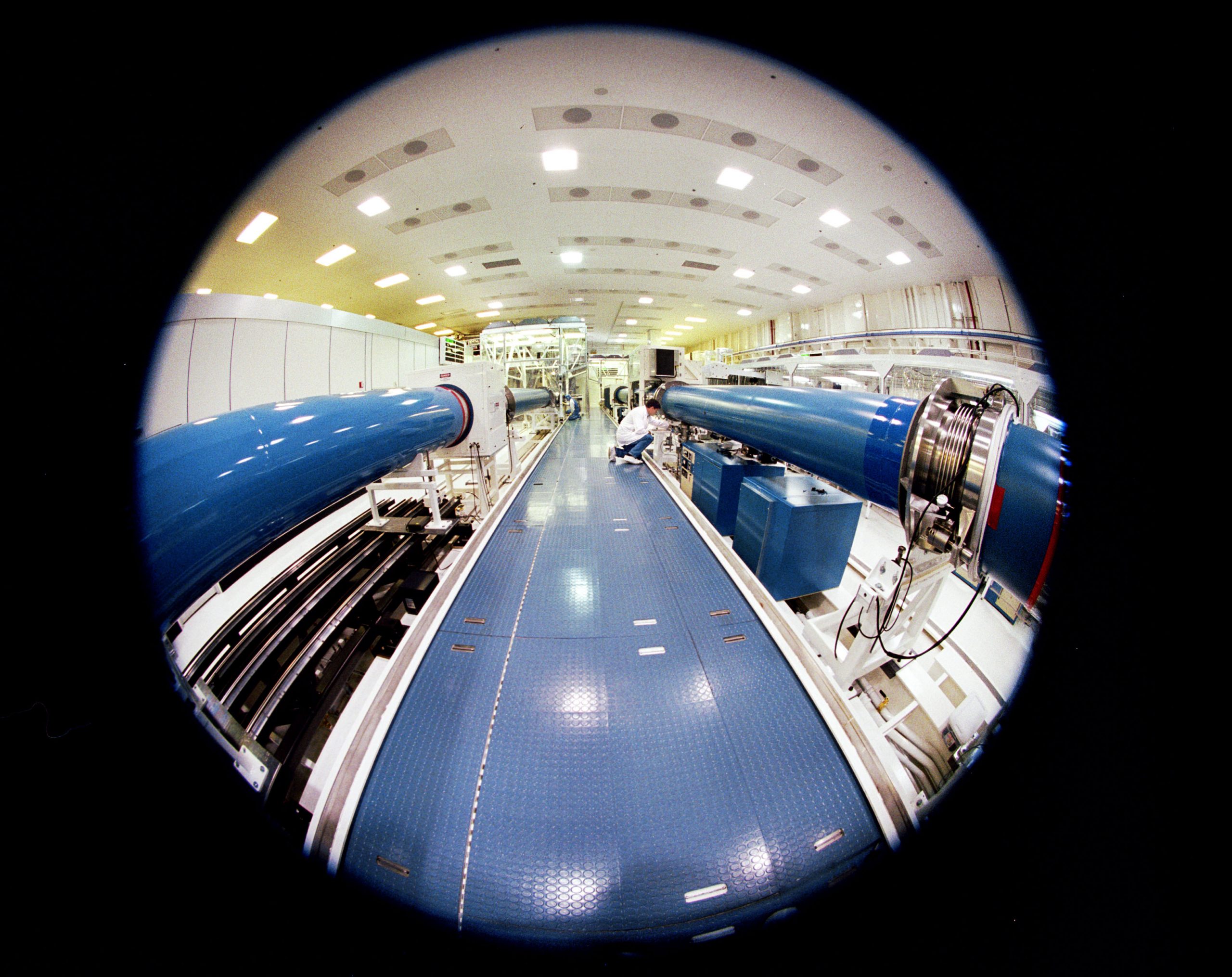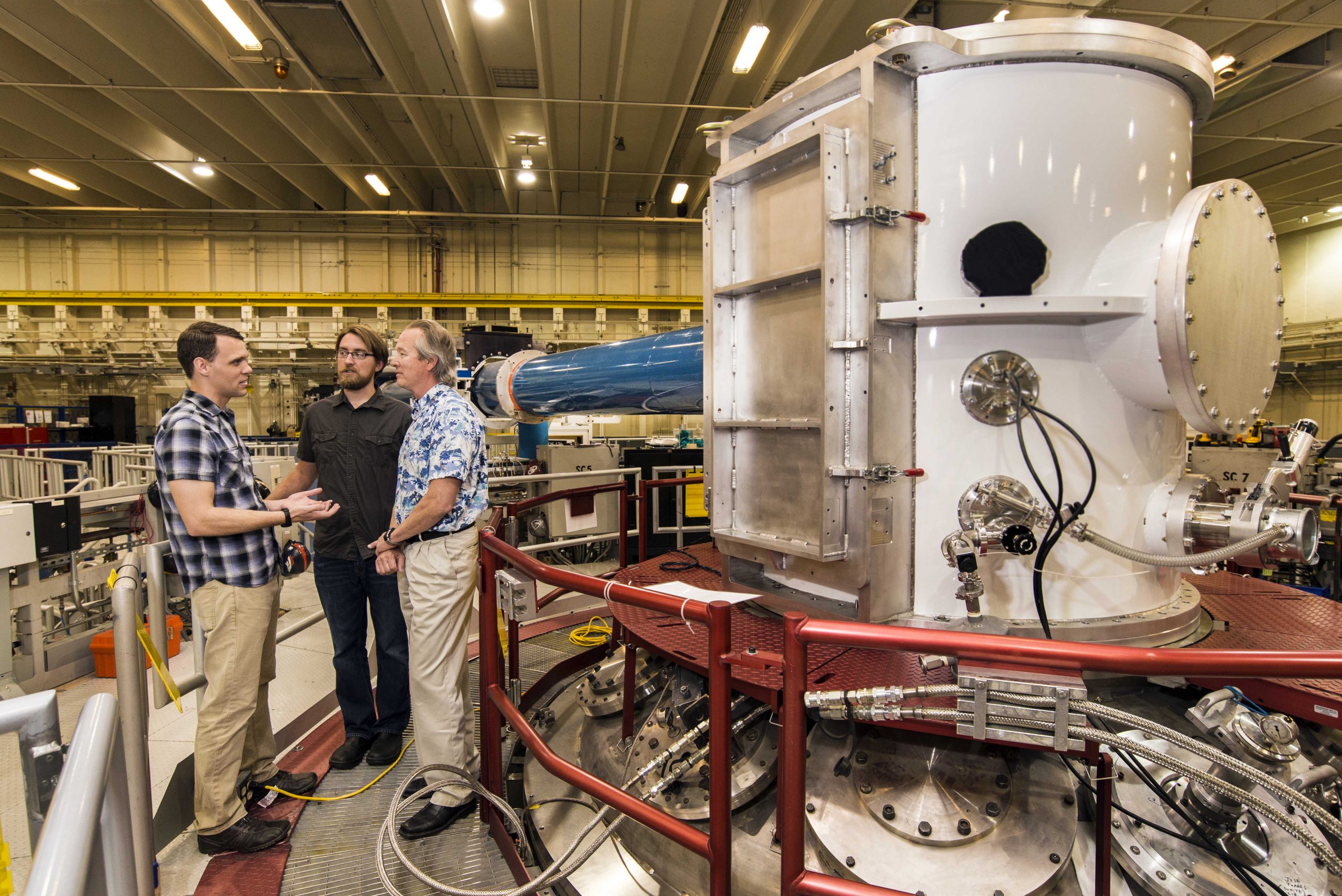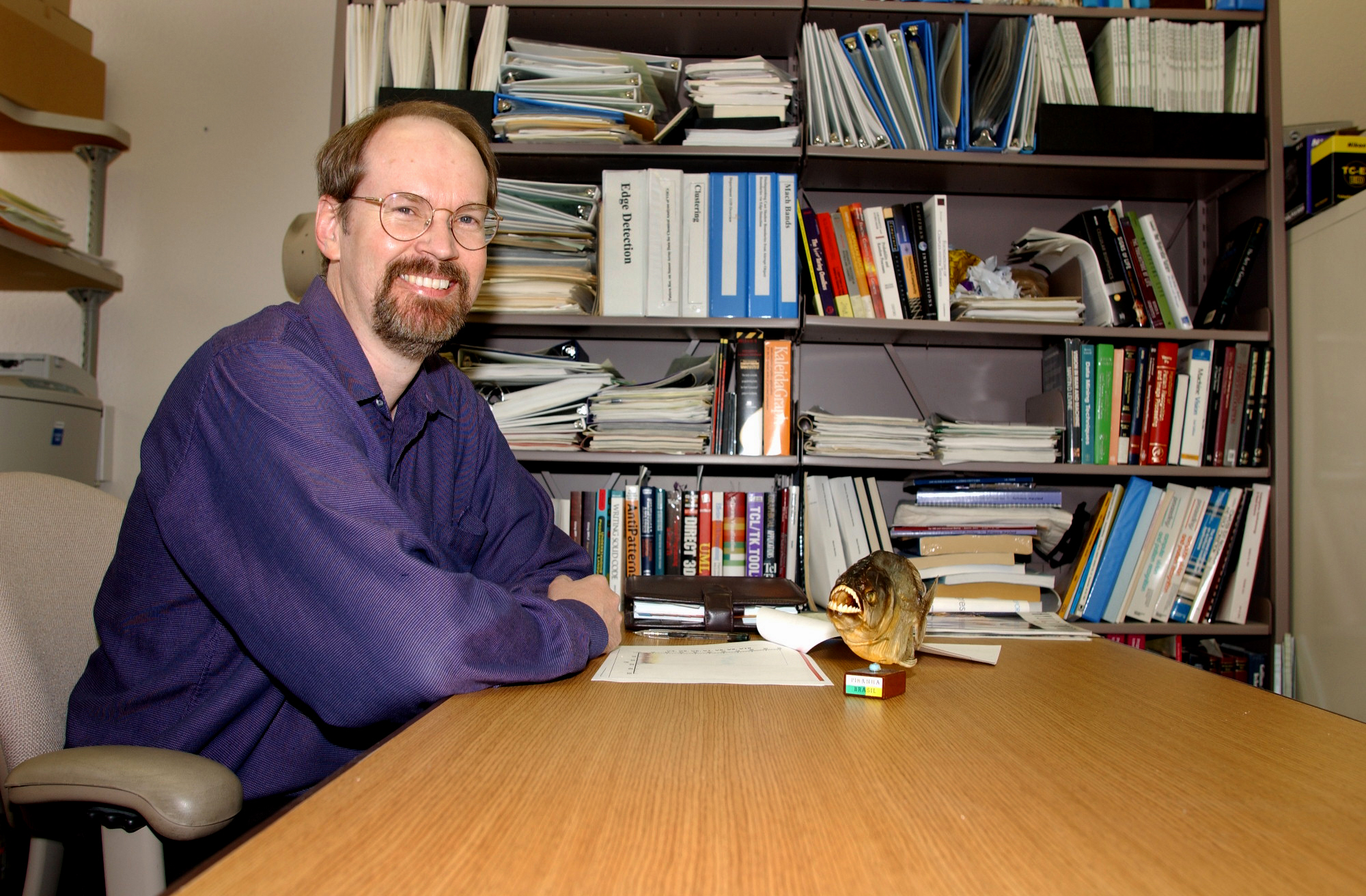June 29, 2015 • ALBUQUERQUE, N.M. — A two-year, $3.8 million award has been received by Sandia National Laboratories and the University of Rochester’s Laboratory for Laser Energetics (LLE) to hasten the day of low-cost, high-yield fusion reactions for energy purposes. High-yield means much more energy emerging from a fusion reaction than is put...


